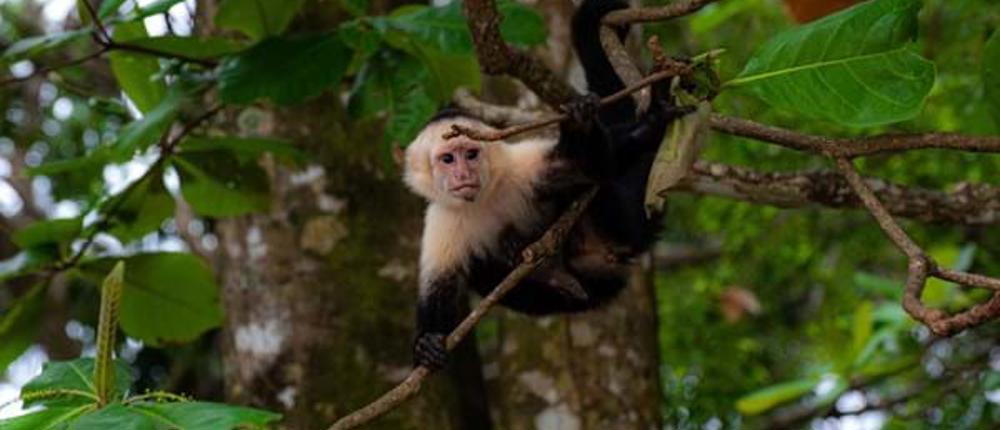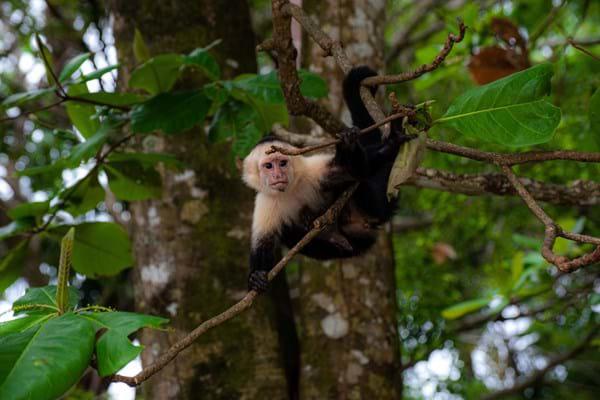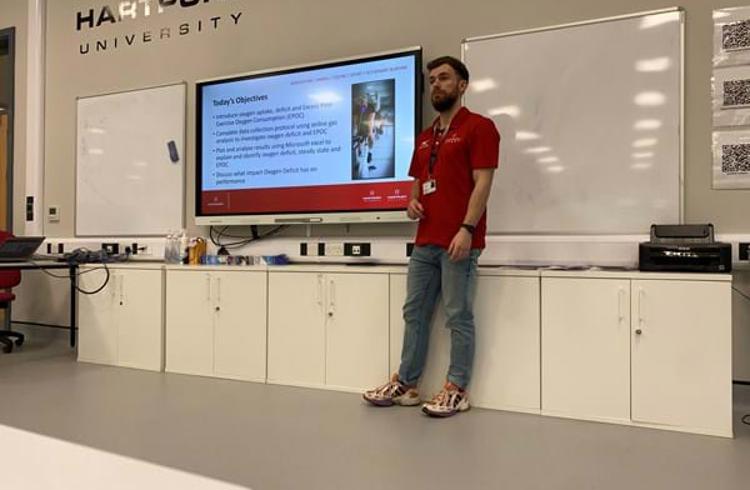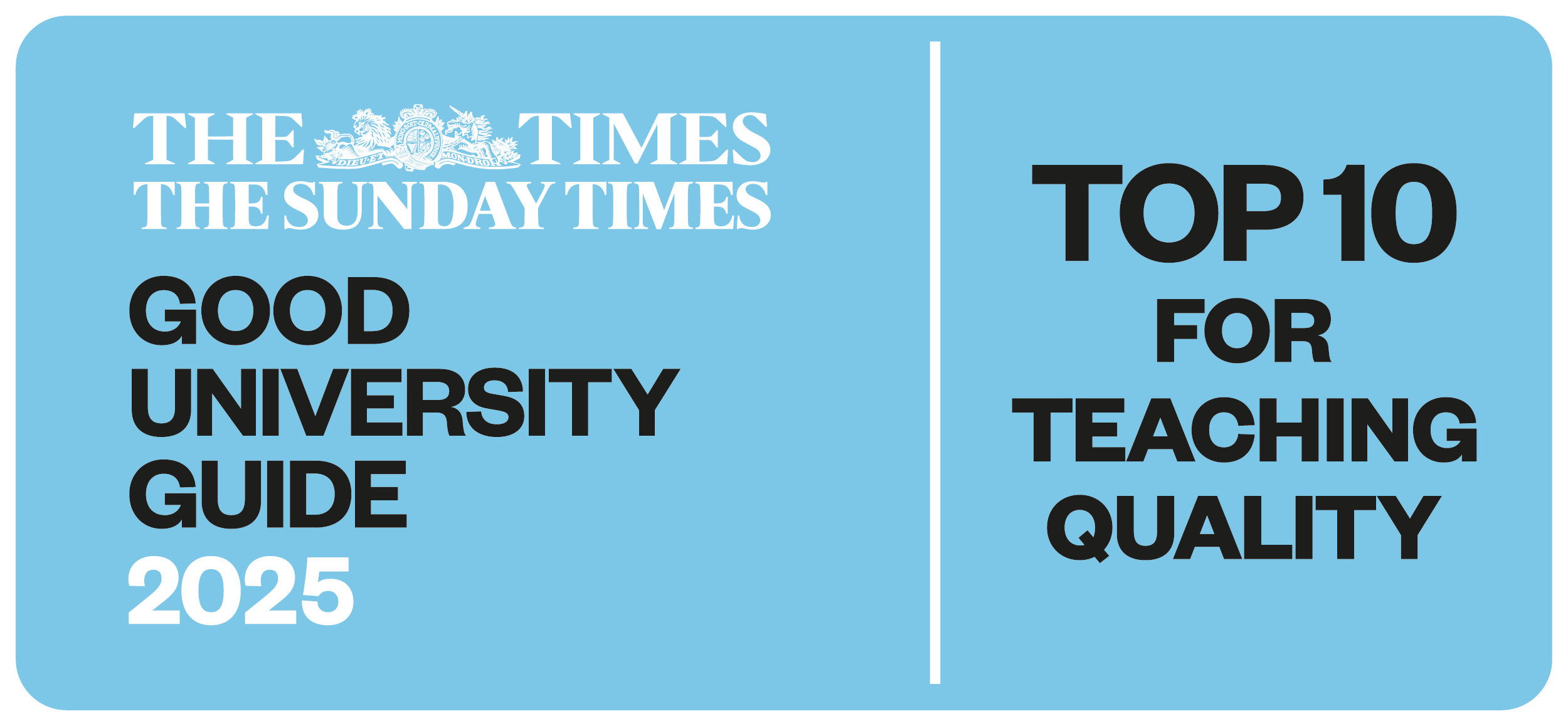Why would any animal risk being stung, just to grab a few wasp grubs from a nest? This was the intriguing question posed by Hartpury University’s Dr Adrian Barnett and a team of other researchers from California Lutheran University, University of Roehampton (UK), Rhodes College (US), Manaus Central University (Brazil), and Brazilian organisations including the Amazonian Mammal Research Group and the National Amazon Research Institute.
Published in Austral Ecology, the findings found that the pay-off is potentially huge and if stings can be avoided, then it’s well worth the risk. The larvae found in wasp nests are a potential powerhouse of energy reward. Any monkey with the smarts to overcome their robust defences would, depending on the type of nest, get enough energy to power them for anything from 30 minutes to several hours.
"Wasps are abundant in tropical forests,’’ says Dr Adrian Barnett. "The larvae are packed with protein and fat and so make great energy sources, providing you can get past the protective guard of adults. Indeed, our calculations show that a decent-sized nest will provide as much energy for a monkey as a large bite from a chocolate bar would give to us.”
Although nests of Hymenoptera (one of the largest orders of insects including wasps, bees, hornets, and ants) are both well-defended and hunted by primates, their larvae’s energy yields have rarely been calculated and predation-linked foraging behaviours by primates infrequently documented.
The research revolved around optimal foraging theory, a prediction that well-defended potential foods should be exploited only when energy pay-offs are great. The study focused in on the predation (hunting) of nests by capuchin monkeys (Cebus albifrons) and two species of squirrel monkey (Saimiri) in Brazilian Amazonia.
The team discovered (in some cases, the hard way) that some wasps are much more aggressive and willing to fight than others. Some will fly out and attack ‘just in case’, others will attack anyone who raids a nest, even flying after them in an angry cloud. More timid species will leave if a nest is attacked or even when it’s just repeatedly tapped with a patient primate finger.
Dr Barnett and colleagues found that monkeys have devised several strategies to avoid being stung, including smash-and-grab raids where they rush past, grab a piece of nest and keep running in order to outrun the now infuriated hoard of flying wasps. They don’t always succeed, however, and researchers reported hearing many yips of pain from monkeys as they fled from a nest following an unsuccessful attempt at larval larceny. Others pluck the nest off a tree then leave it until the disoriented wasps, unable to find their home, leave their nest open for a waiting monkey to raid. To raid the most harmful wasps of all – the dreaded apoica, took the work of several monkeys who would rush and grab at the nest, hoping to dislodge pieces that would fall to the ground and could then be picked through for larvae.
The research found that caution differed between the sex and age of monkeys, with youngsters preferring to watch and learn (any occasional rashness to be involved often ended in pain and swelling). Females with dependant babies on their backs also avoided wasp nests, presumably in case their vulnerable offspring were accidentally stung.
"The research shows that monkeys are even smarter and more finessed in their foraging than we thought,” says Dr Barnett. “You often get dozens of wasp species in the same area and the monkeys can adopt a different method to raid the nest of each one. It’s a risk, but all that protein and fat concentrated together makes it worthwhile if you know what you’re doing – and these monkeys certainly seem to.’’
Hartpury’s Animal and Agriculture Research Centre is committed to carrying out research that provides valuable insight and informs best practice. Research carried out by Hartpury and submitted as part of the Research Excellence Framework (REF) 2021, was recognised as ‘world-leading’ and ‘internationally excellent’.
Cross-disciplinary research themes focus on providing answers to challengers that have arisen around agriculture, wildlife and biodiversity, and ethics and welfare. The university’s ‘one health’ research is driven to have a positive impact on people, animal and the planet, recognising that these three fundamental elements are interlinked and must be considered together. Academics and staff, working with industry partners, are committed to building a sustainable future that prioritises the health of animals, people and the planet.
Hartpury is home to an animal collection with over 70 species, research laboratories, access to a commercial farm and equine centre, providing students with a chance to gain work experience and a better understanding of animal welfare, behaviour, and management. Learn more about Hartpury’s range of animal diplomas, undergraduate and postgraduate degrees.







